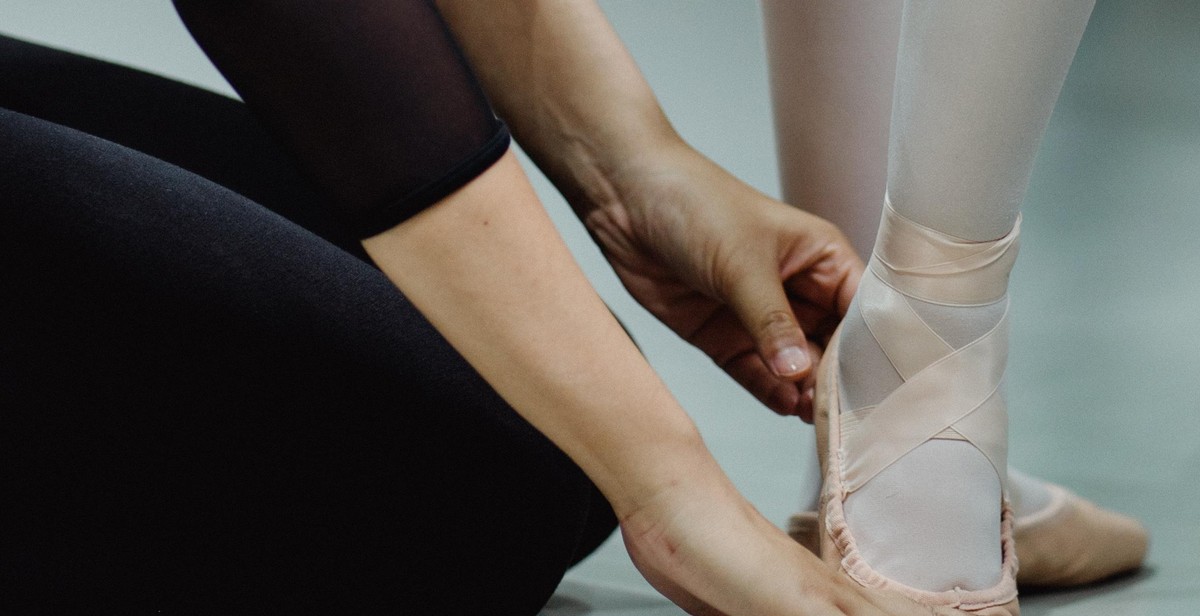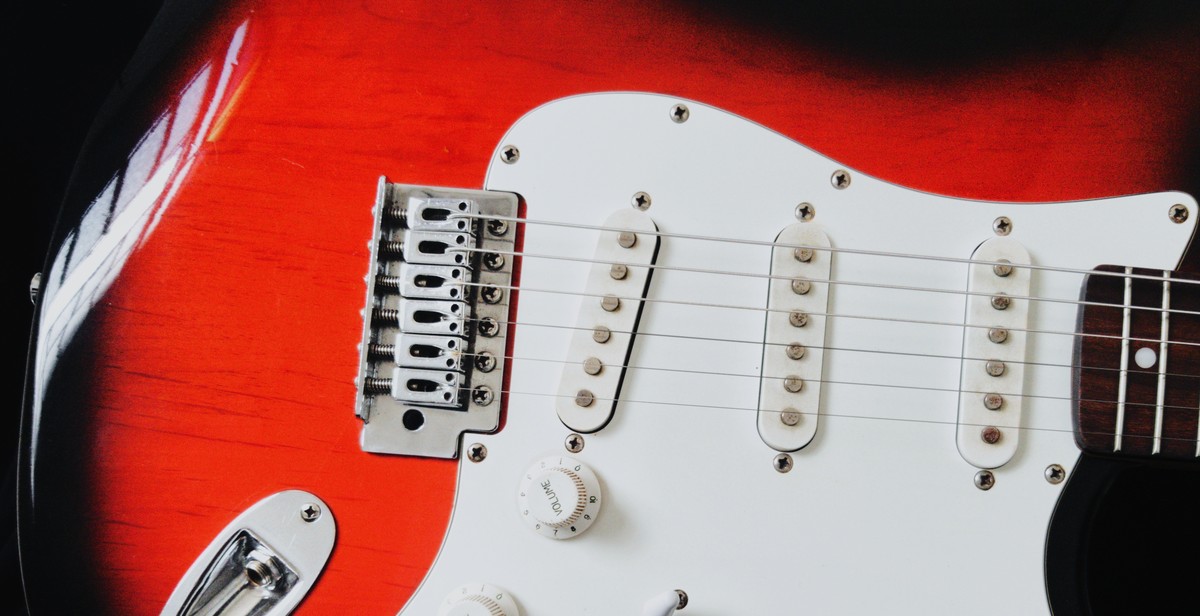How to Play the Banjo: Beginner’s Guide to Picking and Chord Strumming
The banjo is a unique instrument that has been around for centuries. It’s a stringed instrument that originated in West Africa and was brought to America during the slave trade. The banjo has a distinctive sound that’s often associated with country, bluegrass, and folk music.
What is a Banjo?
A banjo is a musical instrument that has a circular body and a long neck. The body is usually made from wood or a synthetic material, while the neck is made from a hardwood such as maple. The banjo has four or five strings that are stretched over the body and are played using a plectrum or fingerpicks. The strings are tuned to a specific pitch, and the player can create different notes by pressing down on the strings at different points along the neck.
Why Learn to Play the Banjo?
Learning to play the banjo can be a fun and rewarding experience. It’s a great way to express your creativity and connect with others who share your love of music. Playing the banjo can also improve your hand-eye coordination, dexterity, and overall musical ability. Additionally, the banjo is a versatile instrument that can be played in a variety of musical genres, from traditional folk and bluegrass to modern pop and rock.
In this beginner’s guide, we’ll cover the basics of playing the banjo, including how to pick and strum the strings, how to read tablature, and how to play basic chords. With a little practice and dedication, you’ll be able to play your favorite songs on the banjo in no time!

Getting Started: Beginner’s Guide to Playing the Banjo
If you’re interested in learning how to play the banjo, you’ve come to the right place. The banjo is a unique and versatile instrument that can be used in a variety of musical genres, from bluegrass to country to folk. In this beginner’s guide, we’ll go over the basics of playing the banjo, including how to choose a banjo, tune it, hold and strum it, and play basic chords.
Choosing a Banjo
Before you can start playing the banjo, you’ll need to choose the right one for you. Banjos come in a variety of styles and price ranges, so it’s important to do your research before making a purchase. Some things to consider when choosing a banjo include:
- The type of music you want to play
- Your budget
- Your skill level
- The quality of the instrument
Once you’ve chosen a banjo, it’s time to tune it.
Tuning Your Banjo
Tuning your banjo is an essential part of playing it. The most common tuning for the banjo is called “open G” tuning, which is G-D-G-B-D. You can use an electronic tuner or tune by ear. It’s important to tune your banjo regularly to ensure that it sounds its best.
Holding and Strumming the Banjo
When holding the banjo, it’s important to keep it steady and balanced. You can hold it between your legs or use a strap to hold it in place. When strumming the banjo, use a downward motion with your thumb or a pick. Practice strumming slowly at first, gradually increasing your speed as you become more comfortable.
Basic Chords
Learning basic chords is an important part of playing the banjo. Some of the most common chords include G, C, D, and E minor. Practice switching between these chords slowly at first, gradually increasing your speed as you become more comfortable.
| Chord | Finger Position |
|---|---|
| G | 2nd fret on the A string, 3rd fret on the E string |
| C | 1st fret on the B string, 2nd fret on the D string |
| D | 2nd fret on the G string, 2nd fret on the B string |
| E minor | 2nd fret on the D string, 2nd fret on the G string |
With these basics in mind, you’re ready to start playing the banjo. Practice regularly and have fun!

Picking Techniques
Playing the banjo involves a variety of picking techniques that are essential to master as a beginner. The following are some of the basic picking techniques you should learn:
Thumb and Index Finger Picking
Thumb and index finger picking is the most common picking technique used in banjo playing. This technique involves using your thumb and index finger to pluck the strings. Your thumb is used to pick the 4th and 5th strings while your index finger is used to pick the 1st, 2nd, and 3rd strings.
Alternating Thumb Picking
Alternating thumb picking is another popular technique used in banjo playing. This technique involves alternating between your thumb and index finger to pick the strings. It is commonly used in folk and country music.
Forward and Backward Rolls
Forward and backward rolls are essential picking techniques that involve picking the strings in a specific pattern. Forward rolls involve picking the strings in a forward motion while backward rolls involve picking the strings in a backward motion. These techniques are commonly used in bluegrass music.
Hammer-Ons and Pull-Offs
Hammer-ons and pull-offs are techniques used to create smooth transitions between notes without picking the strings. A hammer-on involves pressing down on a string with your fretting hand to create a new note while a pull-off involves pulling off your finger from a string to create a new note.
Table of Picking Techniques
| Technique | Description |
|---|---|
| Thumb and Index Finger Picking | Using your thumb and index finger to pluck the strings. |
| Alternating Thumb Picking | Alternating between your thumb and index finger to pick the strings. |
| Forward and Backward Rolls | Picking the strings in a specific pattern. |
| Hammer-Ons and Pull-Offs | Creating smooth transitions between notes without picking the strings. |

Chord Strumming
Chord strumming is an essential aspect of playing the banjo. It involves playing multiple strings at once to create a harmonic sound. As a beginner, it is important to learn the basics of strumming patterns, adding rhythm and dynamics, and playing songs with chords.
Strumming Patterns
Strumming patterns are a series of up and down strokes that create rhythm when playing chords. They are an essential component of playing the banjo and can be used to create different moods and styles of music. As a beginner, it is important to start with basic strumming patterns and gradually progress to more complex ones. Some popular strumming patterns for banjo include:
- Down, Down, Up, Up, Down
- Down, Up, Down, Up
- Down, Down, Up
- Down, Up
Adding Rhythm and Dynamics
Adding rhythm and dynamics to your strumming patterns can make your banjo playing more interesting and engaging. Rhythm refers to the timing and spacing of your strumming, while dynamics refer to the volume and intensity of your strumming. To add rhythm and dynamics to your strumming patterns, try varying the speed and pressure of your strokes, or adding accents to certain beats.
Playing Songs with Chords
Playing songs with chords is a great way to practice your banjo strumming and improve your overall playing skills. To play a song with chords, first, choose a song that you like and find the chords for that song. Then, practice playing the chords in the correct order and rhythm, using the strumming patterns and dynamics you have learned. Some popular songs for banjo include:
- Wagon Wheel by Old Crow Medicine Show
- Dueling Banjos by Arthur Smith
- Foggy Mountain Breakdown by Earl Scruggs
- Rocky Top by The Osborne Brothers
| Chord | Finger Position |
|---|---|
| G | 2nd fret on the 5th string, 3rd fret on the 1st string, and 4th fret on the 2nd string |
| C | 2nd fret on the 4th string, 1st fret on the 2nd string, and open 1st and 5th strings |
| D | 2nd fret on the 3rd string, 3rd fret on the 2nd string, and 2nd fret on the 1st string |
With practice and dedication, you can become proficient in banjo strumming and chord playing. Remember to start with basic strumming patterns, add rhythm and dynamics, and practice playing songs with chords.

Practice Tips
Learning to play the banjo can be challenging, but with consistent practice, you can improve your skills and become an accomplished player. Here are some tips to help you practice effectively:
Setting Goals and Tracking Progress
Setting specific goals can help you stay motivated and focused on your banjo playing. Whether you want to learn a new song, improve your speed, or master a particular technique, setting goals can help you measure your progress and stay on track. Keep a practice journal or log to track your progress and celebrate your achievements along the way.
Practicing with a Metronome
A metronome is a helpful tool for banjo players of all levels. It can help you develop your timing and rhythm, and ensure that you’re playing at a consistent tempo. Start by practicing with a slow tempo and gradually increase the speed as you become more confident. You can also use a metronome to practice different time signatures and syncopated rhythms.
Playing with Others
Playing with other musicians can be a fun and rewarding experience. It can also help you improve your skills and develop your musical ear. Look for opportunities to play with other banjo players or musicians in your community, such as jam sessions or open mics. You can also consider taking lessons or workshops with a banjo instructor to learn new techniques and get feedback on your playing.
| Practice Tips | Description |
|---|---|
| Set goals | Set specific goals to measure your progress and stay motivated. |
| Track your progress | Keep a practice journal or log to track your progress and celebrate your achievements. |
| Practice with a metronome | Use a metronome to develop your timing and rhythm and play at a consistent tempo. |
| Play with others | Look for opportunities to play with other banjo players or musicians to improve your skills and develop your musical ear. |

Conclusion
Learning to play the banjo can be a challenging but rewarding experience. With the right approach, anyone can become proficient in picking and chord strumming. The key is to start with the basics and build a strong foundation.
Practice Makes Perfect
As with any new skill, practice is crucial to success. Make sure to set aside regular practice time and stick to it. Consistency is key, even if it’s just a few minutes a day. Over time, you’ll notice your skills improving and your confidence growing.
Explore Different Styles
One of the great things about the banjo is its versatility. There are so many different styles of music you can play, from bluegrass to folk to country. Don’t be afraid to experiment and try new things. You might discover a new style that you love and want to explore further.
Connect with Other Banjo Players
Playing music with others is a great way to improve your skills and have fun. Look for local banjo clubs or attend workshops and festivals to connect with other players. You’ll learn new techniques and gain valuable insight from more experienced players.
Final Thoughts
Learning to play the banjo is a journey, but it’s one that’s well worth taking. With dedication and practice, you’ll soon be playing your favorite songs and creating your own music. Keep in mind that everyone learns at their own pace, so be patient and enjoy the process. Happy picking!
